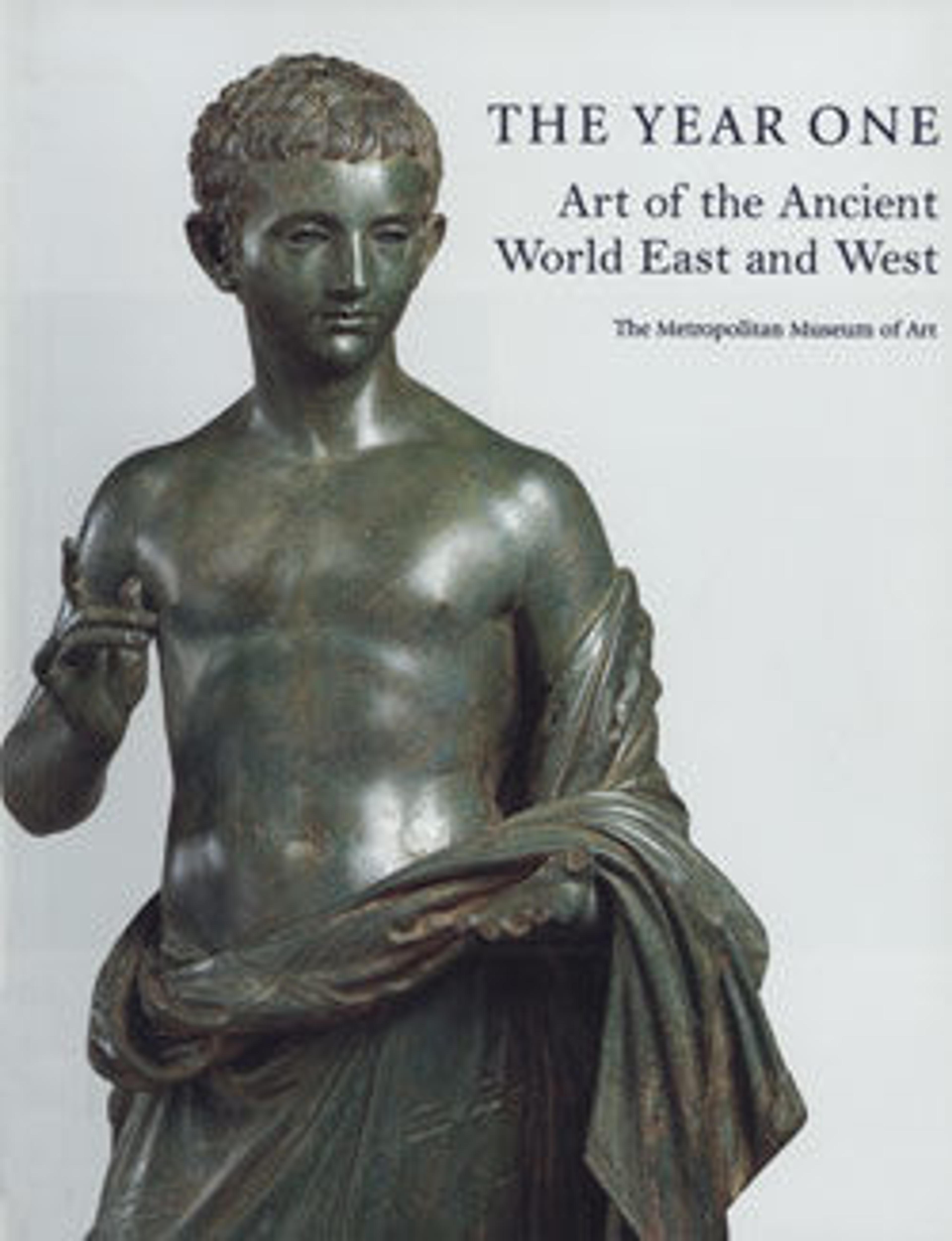Jar
Jars, cooking vessels, and footed dishes, unearthed throughout the Japanese archipelago since 1884, are the most common forms of Yayoi pottery. This piece was coil-built and paddled; firing turned the buff-colored earthenware red and black in places. Incised crescent shapes reflect an earlier tradition of pressing patterns into clay with shells.
Artwork Details
- 弥生土器 壺
- Title:Jar
- Period:Yayoi period (ca. 300 BCE–ca. 400 CE)
- Date:ca. 2nd–4th century
- Culture:Japan
- Medium:Earthenware with incised decoration (Kinki region)
- Dimensions:H. 10 3/4 in. (27.3 cm); W. 10 7/8 in. (27.6 cm)
- Classification:Ceramics
- Credit Line:The Harry G. C. Packard Collection of Asian Art, Gift of Harry G. C. Packard, and Purchase, Fletcher, Rogers, Harris Brisbane Dick, and Louis V. Bell Funds, Joseph Pulitzer Bequest, and The Annenberg Fund Inc. Gift, 1975
- Object Number:1975.268.375
- Curatorial Department: Asian Art
More Artwork
Research Resources
The Met provides unparalleled resources for research and welcomes an international community of students and scholars. The Met's Open Access API is where creators and researchers can connect to the The Met collection. Open Access data and public domain images are available for unrestricted commercial and noncommercial use without permission or fee.
To request images under copyright and other restrictions, please use this Image Request form.
Feedback
We continue to research and examine historical and cultural context for objects in The Met collection. If you have comments or questions about this object record, please contact us using the form below. The Museum looks forward to receiving your comments.
